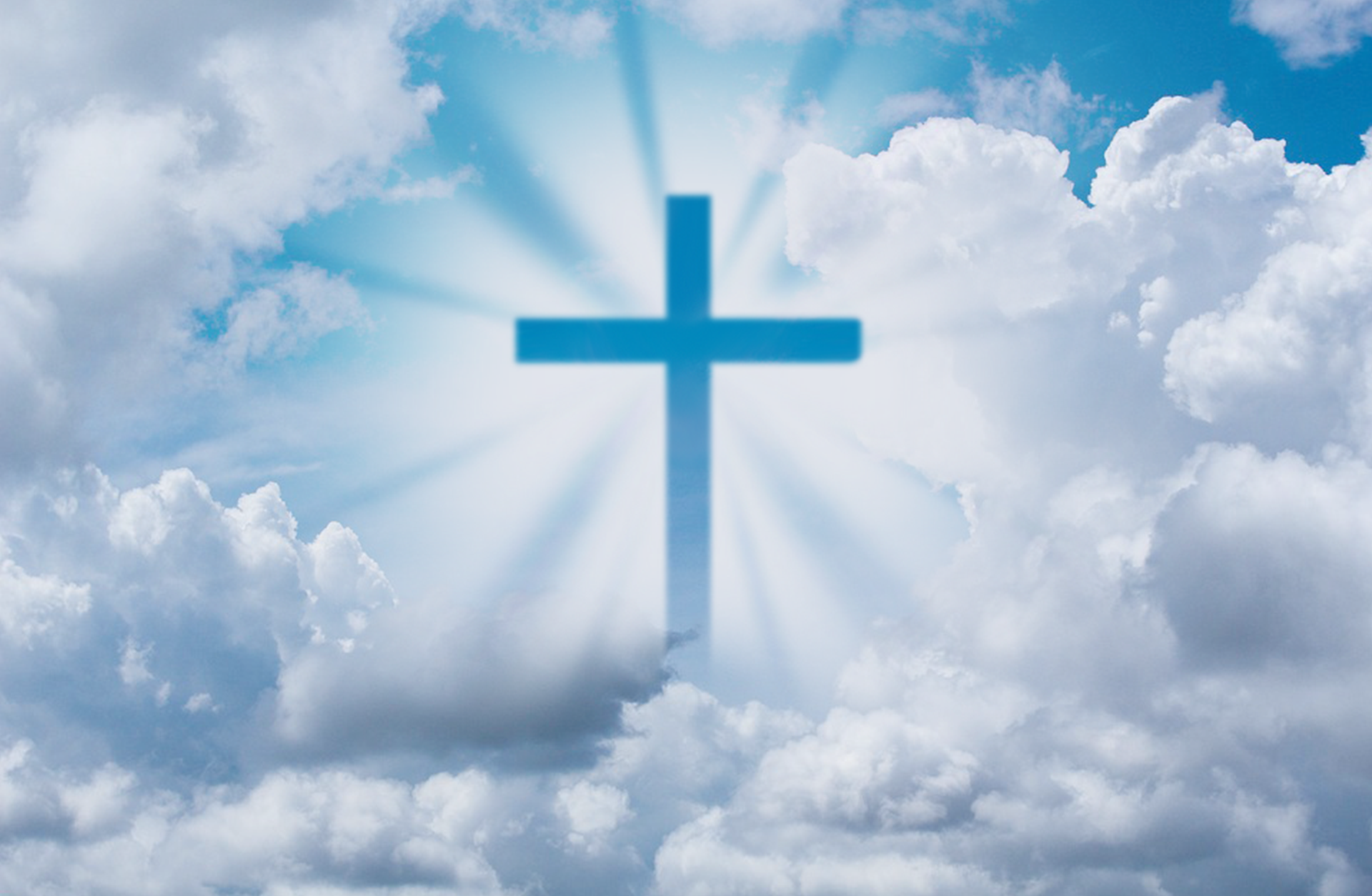In this episode we compare Lehi’s, Ezekiel’s, and Isaiah’s visions, and how they relate to us today.
Small Plates : Episode 3: 1 Nephi 1:6-12 RAV, 1:7-13 OPV


In this episode we compare Lehi’s, Ezekiel’s, and Isaiah’s visions, and how they relate to us today.

Mormon Kabbalah isn’t really new. Joseph Smith’s magical world views were based on folk magic, Hermetics, and Kabbalah. As the religion progressed, forked, and grew, the new denominations that were birthed from the death of the original church forged new paths with new teachings and understandings.